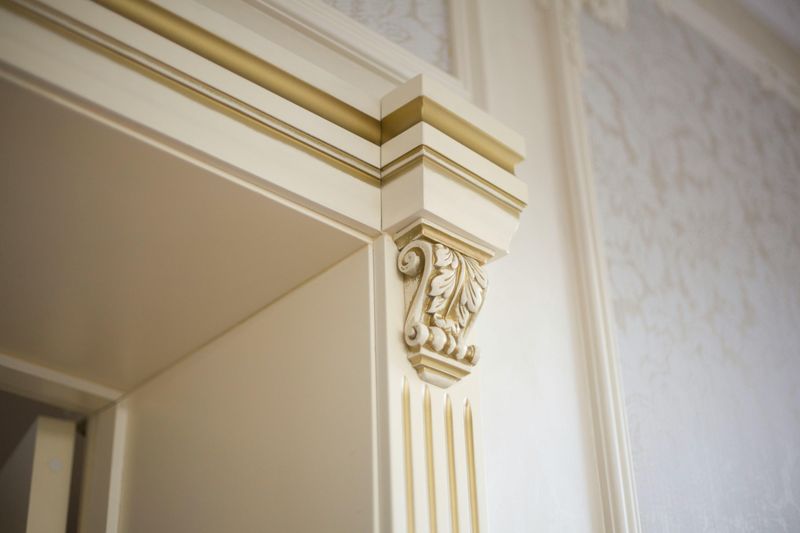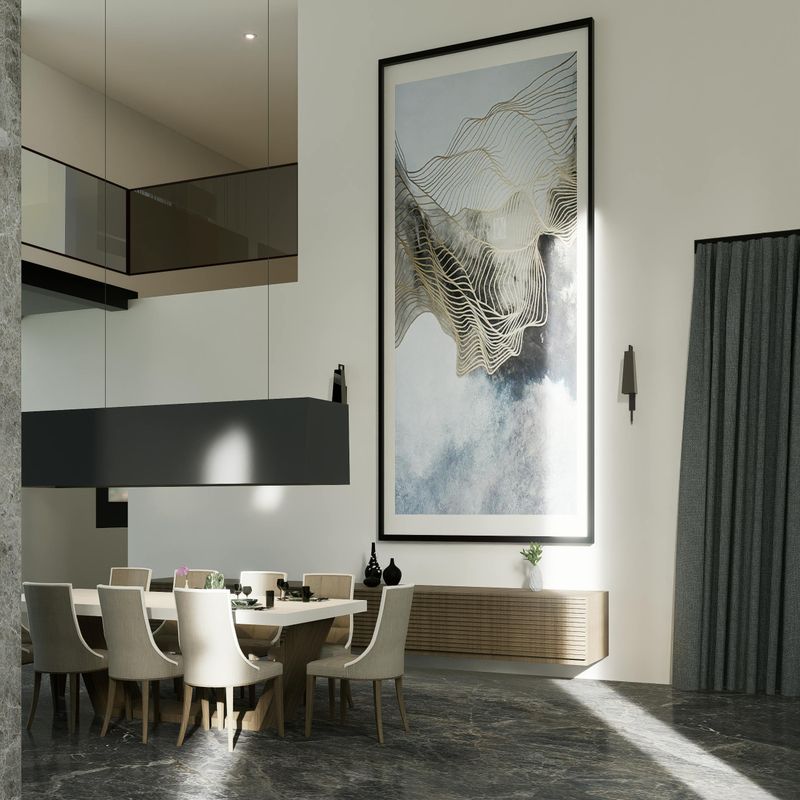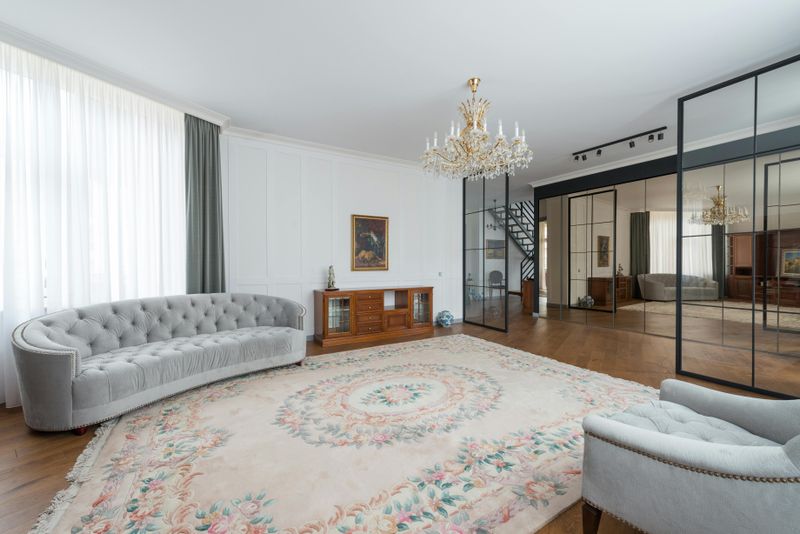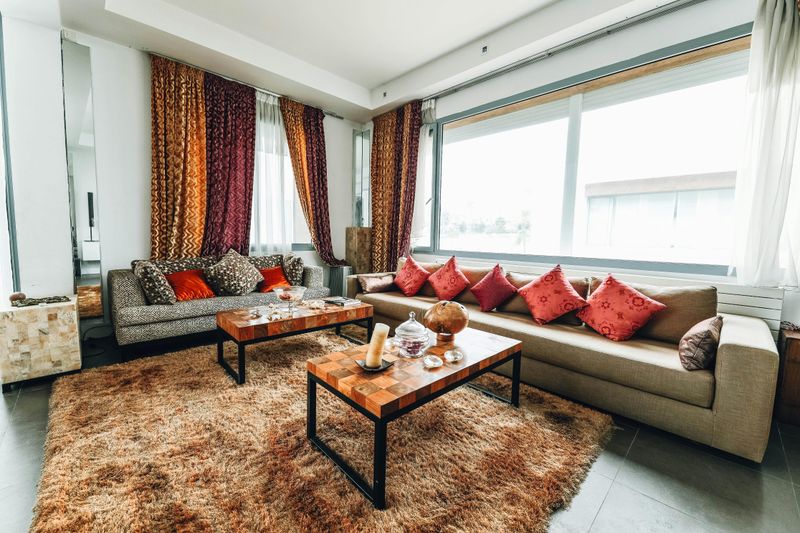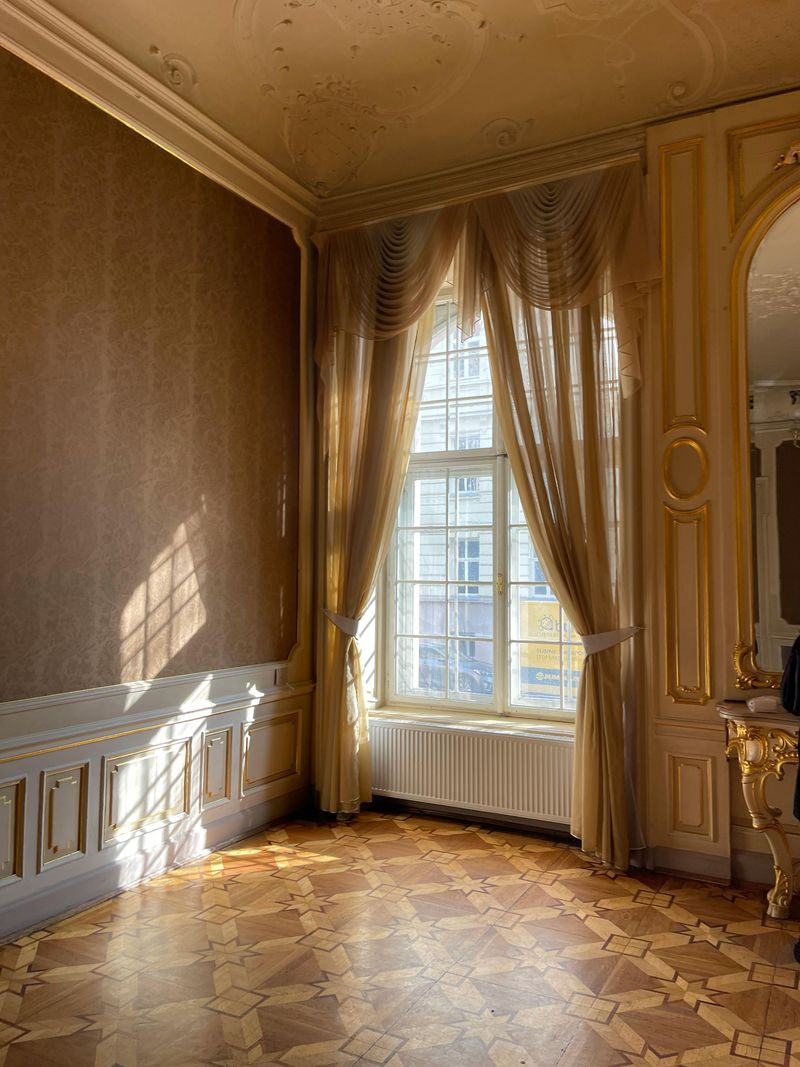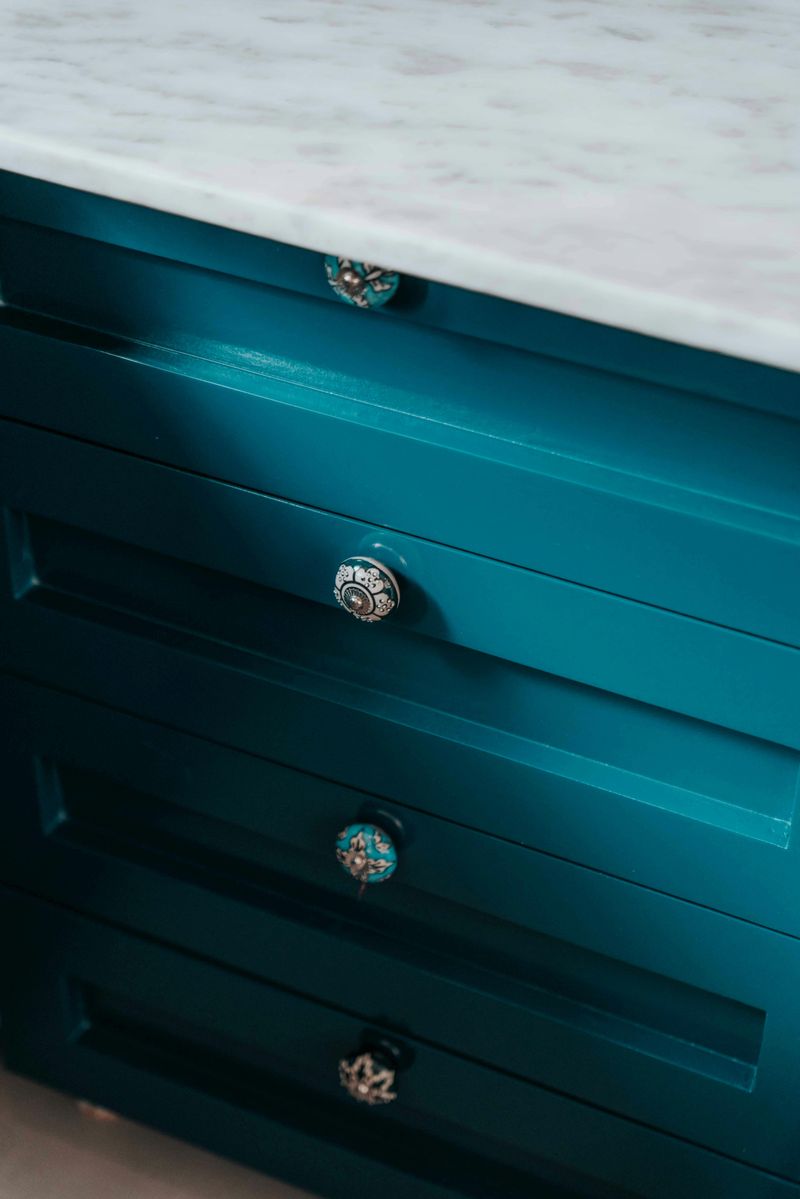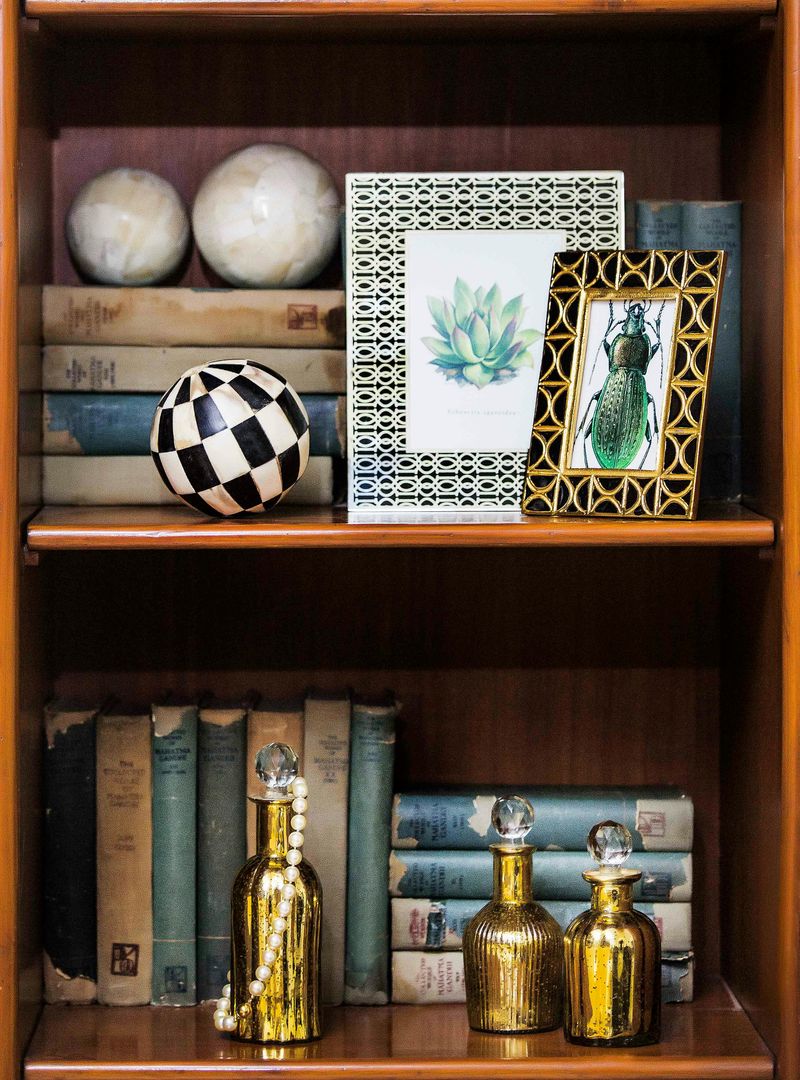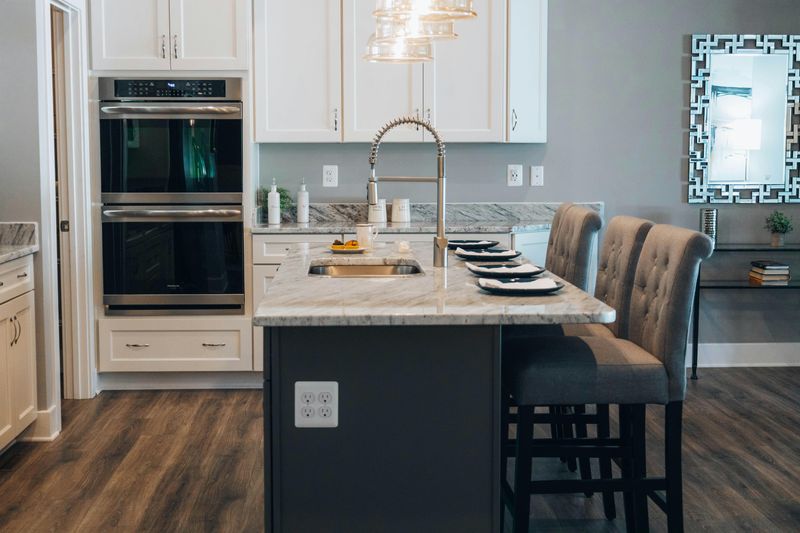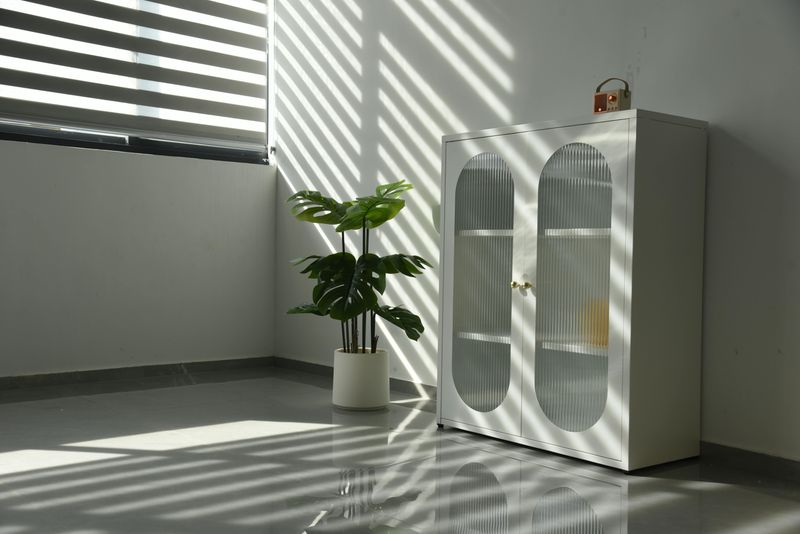Ever walked into a room that feels fancy without knowing exactly why? The secret often lies in small details, not big price tags. Making your home look expensive doesn’t mean emptying your wallet on designer furniture. Instead, it’s about knowing which small touches create that high-end feeling that makes guests wonder if you hired a professional decorator.
1. Crown Molding Magic
Adding crown molding to your ceiling edges instantly elevates any room from basic to luxurious. This architectural detail draws the eye upward and creates a finished, custom look that builder-grade homes typically lack.
The best part? Modern options include lightweight foam versions that are surprisingly affordable and simple to install yourself. No fancy tools required! Just measure carefully, make clean cuts, and use construction adhesive.
White is classic, but painting molding the same color as your walls creates a contemporary, sophisticated look that designers love. Even adding it to just one accent wall can make a dramatic difference.
2. Layered Lighting Scheme
Forget relying on that single overhead light! Wealthy homes never depend on just one light source. Creating a mix of ambient, task, and accent lighting transforms an ordinary room into something special.
Floor lamps beside seating areas, table lamps on side tables, and wall sconces add warmth and dimension. Place lights at different heights throughout the room. The key is creating pools of light that highlight your favorite spots and treasures.
Bonus tip: Install dimmer switches for all lights. Being able to adjust brightness levels depending on time of day or activity is a small change with massive impact on the mood of any space.
3. Oversized Art Statement
Nothing says amateur decorator faster than tiny pictures floating on big walls. Large-scale artwork commands attention and creates a focal point that pulls a room together. One substantial piece makes more impact than several small ones scattered around.
Can’t afford original art? Large engineering prints of your own photos can be blown up cheaply at copy shops. Or try framing beautiful fabric or wallpaper samples. The secret is in the frame—invest in one good-quality, substantial frame.
Hang your art at eye level (around 57-60 inches from the floor to the center). This gallery-style placement immediately signals design knowledge that elevates your space.
4. Strategic Mirror Placement
Mirrors aren’t just functional—they’re secret weapons for making spaces feel larger and more luxurious. A well-placed mirror reflects light, doubles visual space, and adds sparkle to any room. Look for mirrors with substantial frames or interesting shapes.
Position mirrors to reflect something beautiful, like a window view or a pretty lamp. Avoid placing them where they’ll reflect clutter or unattractive areas. Large floor mirrors leaning against walls create especially dramatic effects while adding architectural interest.
For maximum impact, hang a mirror directly across from your largest window. The bounced natural light will brighten the entire space and create that sought-after glow that expensive homes seem to naturally possess.
5. Perfectly Sized Area Rugs
Small rugs scream budget constraints! Properly sized area rugs anchor furniture groups and define spaces within larger rooms. The most common mistake? Choosing rugs that are too small for the space.
In living rooms, all furniture should either sit completely on the rug or have front legs resting on it. For dining areas, make sure the rug extends at least 24 inches beyond table edges so chairs remain on the rug when pulled out. Bedroom rugs should extend 18-24 inches beyond the bed sides.
Natural fibers like wool, sisal, or jute look more expensive than synthetic options. Even budget-friendly versions in these materials elevate your space instantly with their organic texture and quality appearance.
6. Tailored Window Treatments
Naked windows or ill-fitting blinds immediately downgrade a room’s appearance. Custom-looking window treatments frame views and add softness to hard architectural elements. The secret? Proper measurements and installation height.
Mount curtain rods close to the ceiling, not just above the window frame. This designer trick makes ceilings appear higher and windows larger. Ensure curtains barely kiss the floor or puddle slightly for maximum elegance. Avoid panels that hover awkwardly above the floor!
Budget-friendly hack: Buy ready-made panels in neutral colors, then add custom-looking details like ribbon trim or decorative rings. Even inexpensive curtains look high-end when they’re properly sized and hung correctly.
7. Thoughtful Hardware Updates
Cabinet knobs, drawer pulls, doorknobs and hinges are like jewelry for your home. Swapping out builder-grade hardware for distinctive pieces creates instant character and suggests attention to detail that budget spaces often lack.
Mixed metals are perfectly acceptable—in fact, they add depth and interest. Try brass drawer pulls with matte black cabinet knobs, or copper handles with chrome faucets. The key is making these combinations look intentional rather than accidental.
Focus on consistency within each room or zone. All bathroom hardware should coordinate, as should kitchen hardware. This small upgrade costs relatively little but transforms basic cabinetry and doors into custom-looking elements that speak of quality and care.
8. Curated Bookshelf Styling
Haphazard shelves stuffed with random items scream disorganization. Thoughtfully styled bookshelves, however, tell a story of sophistication and personal history. The trick is balancing books with decorative objects while maintaining plenty of negative space.
Arrange some books vertically, others horizontally in small stacks. Use these stacks as pedestals for special objects like small sculptures or plants. Remove paper jackets from hardcovers to reveal more uniform binding colors. Add depth by placing some items toward the front of shelves, others toward the back.
Limit your color palette to create cohesion. Too many bright colors create visual chaos. Instead, group books by color or turn spines to the wall for a monochromatic look that feels intentionally curated rather than cluttered.
9. Natural Material Accents
Plastic and synthetic materials rarely convey luxury, while natural elements like wood, stone, metal, and glass instantly elevate a space. Incorporating these materials, even in small doses, adds depth and sensory richness that mass-produced items lack.
Look for wooden trays, marble coasters, brass candlesticks, or linen throw pillows. The varied textures create visual interest and tactile appeal that makes spaces feel more layered and thoughtfully assembled. Even simple ceramic vases or stone bookends make powerful statements.
Mix materials for maximum impact—place wooden bowls on marble surfaces, or display metal frames on wooden tables. These material combinations create the complexity and depth that characterize expertly designed spaces without requiring major investments.
10. Strategic Negative Space
Expensive-looking rooms are rarely cluttered or overcrowded. The most luxurious spaces understand the power of restraint and breathing room. Empty space around furniture and objects creates visual calm and highlights your carefully chosen pieces.
Resist the urge to fill every surface and corner. Instead, edit ruthlessly. Choose fewer, better items rather than many mediocre ones. This might mean removing several small accessories and replacing them with one statement piece that has room to shine.
In practical terms: leave some shelves partially empty, maintain clear pathways between furniture, and keep tabletops 50% clear. This deliberate spaciousness signals confidence in your design choices and creates the serene, uncluttered atmosphere that defines truly sophisticated interiors.

